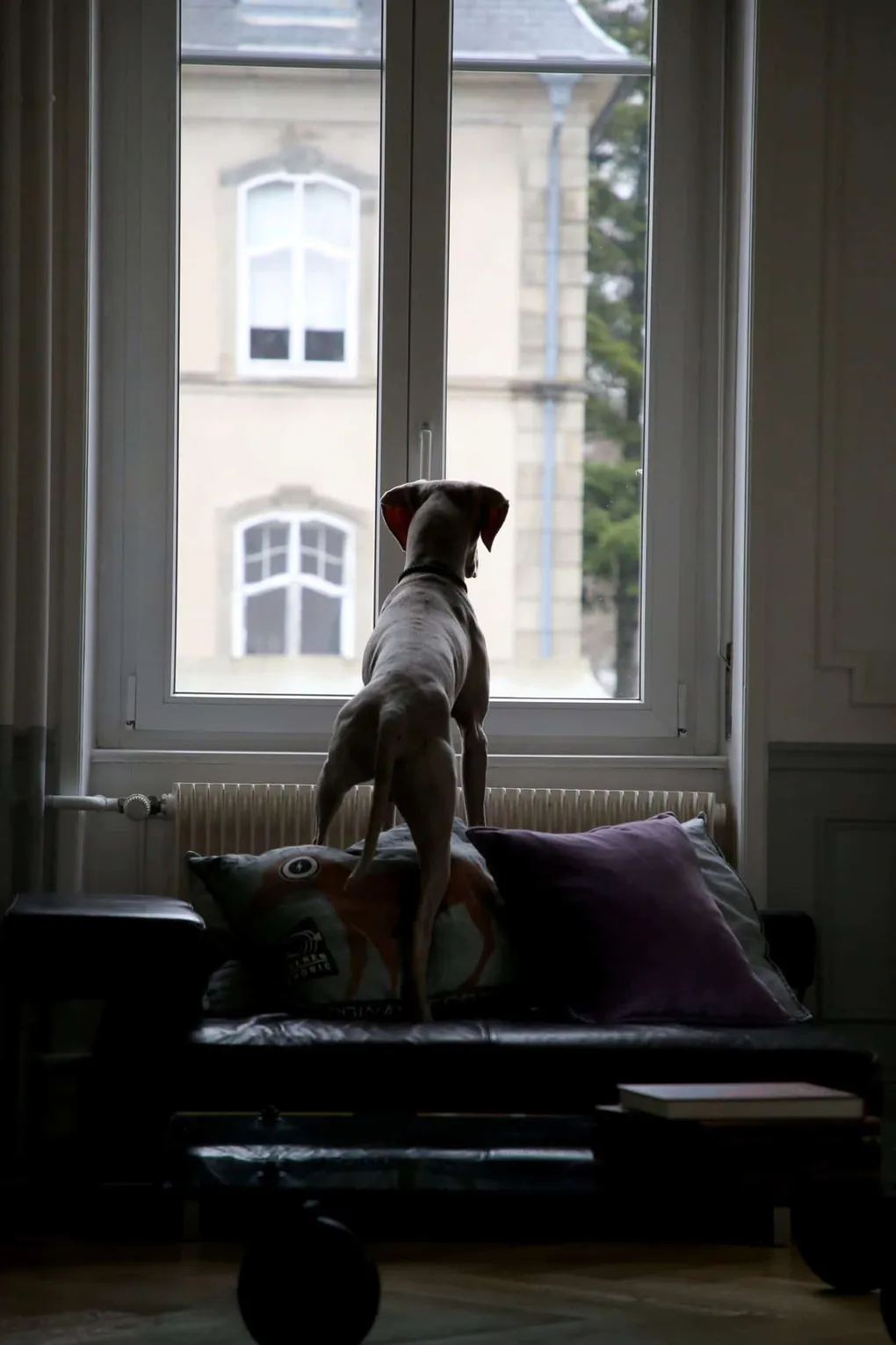
Can I leave a puppy alone at home?
This question has been asked by most fur parents. At some point in time, all family members would need to leave the house to go to school, work, do errands, etc. No one would be left with your puppy. And that’s when you started asking, “Is it safe to leave a puppy alone at home?”
Is it OK to Leave a Puppy Alone?
Dogs are pack animals, which means, in nature, they are never alone. A puppy left alone would not be able to survive for so long.
Taking this into consideration, the answer to the question “Is it OK to leave a puppy alone” would be “it depends”.
Take note that there are dog breeds (examples: Boston Terrier and Lhasa Apso) that are comfortable with being left alone and there are those which are not (examples: Toy Poodle and Bichon Frise). So it is also best to consider the breed your dog has.
How Long can you Leave a Puppy Alone at Home?
Puppies at the age of 8-10 weeks are vulnerable. They need company and attention. This is a crucial point in your puppy’s life. They are prone to accidents. And at this point, it is not safe to leave them home alone.
An alternative at this stage would be to leave your puppy alone for a maximum of an hour. but ensure that he is safe like when he is in a crate or in his own little room.
At 10-12 weeks of age, your puppy would have gotten bigger and is a little more independent. Still, it is not safe to leave your puppy alone for more than two hours.
A 3-month-old puppy can be left alone for 3 hours. The rule here is, every month of age is equal to the number of hours you can leave your puppy alone. That is the number of hours they can hold themselves from peeing.
How do you Prepare your Dog for your Absence?
The easiest way to get your puppy used to being alone is to take many small steps.
A short warning: No puppy should be alone before the 6th month of life. Maybe you can do this by sharing the work with your family. A friendly neighbor or a dog carer you can find at https://welpe.de/ can be of help too. With their support, you can go about your everyday life with peace of mind and come back home to a happy doggy child.
Step 1: The daily rhythm
The first step is to get the puppy used to a daily rhythm. Adapt this rhythm to your everyday life, i.e. your working or school hours. Before each training, you should spoil your quadruped with a nice walk or an extended play hour. A tired puppy is so much happier to take a break!
It is especially important that your little friend has a place that belongs only to him and where he feels safe, warm, and secure. Chewing toys are always a good idea. Chewing has a calming effect on a young dog and also helps with teething.
Step 2: Together but alone
Educate your puppy to be “alone” even when you are around. Leave your puppy alone and minimize the attention.
While you cook, read or watch TV, let your puppy occupy himself with something else. Watch him out of the corner of your eye. If he tampers with your shoes or something else, give him a chew toy or his favorite ball without many words, accompanied only by a clear “no”.
Step 3: Privacy
The next step is to close the doors behind you when you shower, bathe, take out the garbage, or do other small jobs. Let him realize that you value a little privacy. That way, he will also learn not to be overly attached and dependent on you.
Step 4: Patience
Every puppy is an individual and reacts differently to being alone. Do not scold him if he has gnawed, urinated, or broken something.
These small absences can then become longer and longer. Accidents happen from time to time and you must be prepared for them. Patience is the key!
Points to Remember
- Do not leave your puppy alone at home for too long than necessary.
- Make sure that he is left with enough to keep him busy and occupied.
- Ensure that he has access to clean drinking water and some food.
- Keep household items away from his reach to avoid accidents.
- And finally, make up for the lost time when you left him alone.